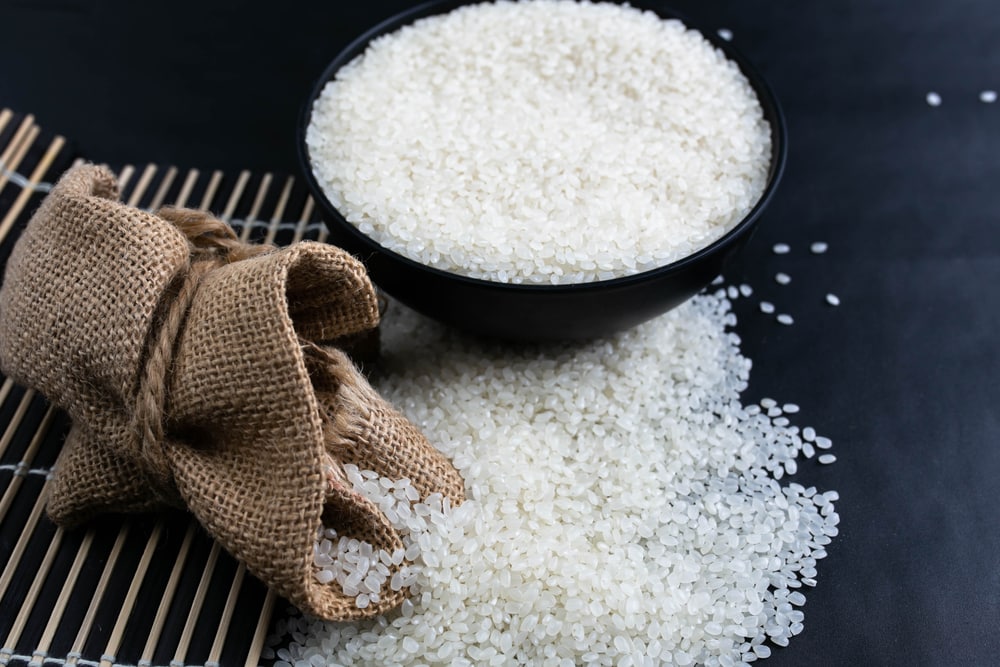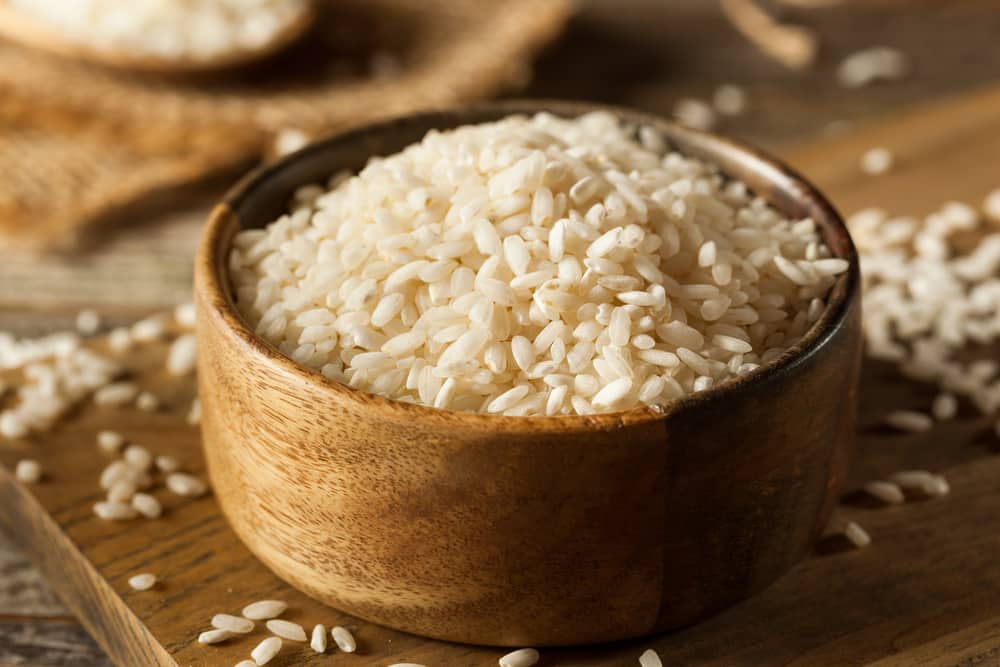
Risotto is one of those Italian dishes that most people love to eat but hate to cook. It has a reputation for being difficult to cook to the extent that some even call it “the death dish”.
Most Italian mamas would disagree. To them, it’s a quick, easy dish that you can have on the table within half an hour.
Those of us who are not Italian need a little coaching and a few detailed instructions before we’ll be brave enough to make this classic. We first need to know what type of rice to use.
Must we always use arborio? Or can you use sushi rice to make risotto? Read on to find out all the secrets to the perfect risotto, including whether you would be making a mistake by using sushi rice.
Can You Use Sushi Rice With Risotto?
Risotto – What Is It?
Risotto is a dish from the north of Italy that’s basically rice cooked in a flavorful broth.
Of course, there can be one or two extra ingredients thrown into the mix, like mushrooms or parmesan cheese, but the base is always rice cooked to the perfect texture in stock. The rice is cooked to reach the creamiest consistency.
Italians like it slightly al dente, like their pasta. The broth gets added little by little so that it gets absorbed by the rice grains and has time to release its starch.
At the end of the cooking time, butter and parmesan cheese are beaten in vigorously, creating a beautifully creamy, soft, glossy rice dish that’s full of flavor.
As for the broth, it can be made from vegetables, meat, fish, or chicken. Some people also add white wine, onion, mushrooms, or garlic to add flavor and variety to their risotto. Herbs or spices like saffron may be added.
In case you are concerned about how to serve it, risotto is usually served hot (as soon as it’s ready) in warmed bowls as a first course, but it is sometimes served as a main course.
Sushi Rice – What Is It?
Now that we have talked about risotto, let’s talk about the sushi rice. To begin with, sushi rice is short-grained Japanese rice. It has a unique sticky, firm plumpness about it.
It is steamed and used to make sushi. It is different from regular long-grained rice varieties because the consistency is much stickier once it’s cooked due to the extra starch it contains.
That being said, using sushi rice for risotto is perfectly acceptable because it has a similar consistency to the Italian rice varieties normally used for risotto. The rice varieties that are traditionally used for making risotto are:
1. Carnaroli
This rice variety is known to be the caviar or king of risotto rice because it has an exceptional flavor and can retain its shape well.
In addition, using carnaroli helps to create a creamy consistency for your risotto because it has a high starch content. It’s perfect for beginners to use as the rice is pretty forgiving and holds its shape well.
2. Arborio
Arborio is another rice variety that goes well in risotto, but it’s not quite as starchy as carnaroli. However, this rice variety is readily available in grocery stores and is sold as risotto rice.
Arborio works well for risotto, but it is easier to overcook it and make it too mushy. However, if you keep a careful eye on it and only cook your risotto for twenty minutes or less, your risotto will come out perfectly.
3. Vialone Nano
This is a short-grain rice variety that is native to Veneto, Italy. This is the most natural variety available because it is not grown with chemicals.
As for the starch content, it’s quite high, which is good for risotto, and the cooking time is the quickest. Last but not least, it will help create a creamy recipe, so that’s the ultimate win. We do want to add that this rice variety is expensive.
To summarize, sushi rice is great for risotto, but there are three other varieties available for making risotto as well. However, if you cannot find these three varieties of sushi rice, you can opt for Baldo rice, cal riso rice, or maratelli rice.
Remember that jasmine rice or basmati rice aren’t suitable for risotto at all as they don’t have a sticky consistency. Keep them for serving with curries.
We hope this has answered your question about using sushi rice for risotto. Give this classic Italian dish a try…with the right ingredients, it’s easier than you think.

